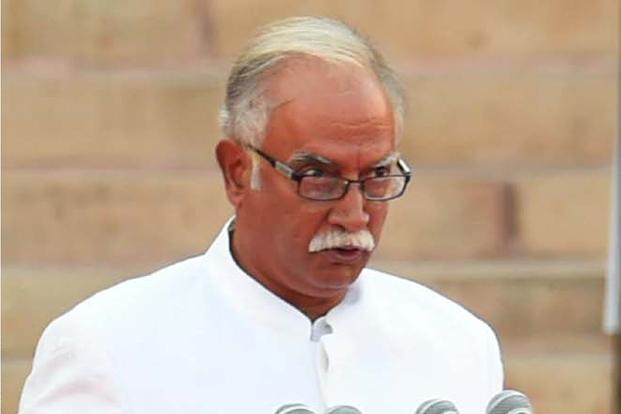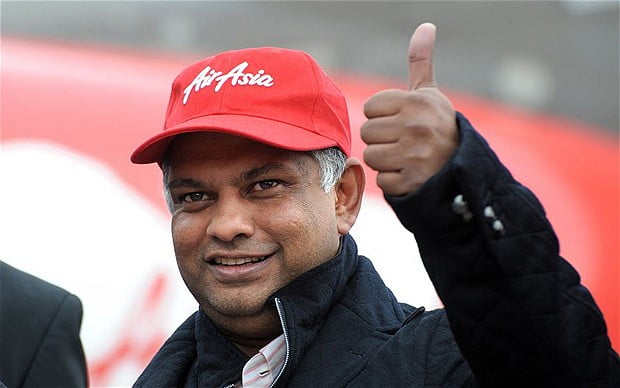The National Civil Aviation Policy passed by the government this week seeks to revolutionize India’s aviation sector and bring air travel to the masses. Here are some important pointers:
5/20 to 0/20:
Previously, any airline wishing to fly on international routes needed to have at least 20 planes flying domestically and a minimum of 5 years of operation. The government has now removed the second requirement.
This move will mostly benefit AirAsia and Vistara, which are the newest entrants in the aviation sector.
Open Sky Policy:
The new policy gives European and SAARC countries unlimited access – in terms of the frequency of flights and number of seats – to Indian airports. This will directly influence the number of passengers travelling to and from Indian cities.
Cheaper fares, or not?
A ceiling of Rs. 2500 has been put on hour- long flights between cities. This surely brings down the expenses for people travelling locally. But the government has also put a cess of 2% on longer domestic and international flights, making travel on longer routes more expensive.
Stress on Increasing Local Connectivity:
The government has announced that 50 no-frills airports will be constructed across the country. To incentivize airlines to fly on regional routes, 80% of the losses incurred on flying on these routes will be compensated for by the government. The funds for this compensation will come from the cess in the above-mentioned point.

It looks like the government is very ambitious about its new policy. It has targeted a four-fold increase in the sale of tickets by 2022. By 2027, it is projected that 50 crore domestic tickets and 20 crore international tickets will be sold.
The 0/20 policy and the open sky policy will ensure that air traffic will increase over the coming years (I do not know if it is a good thing. My ears are already hurting because of the planes soaring above every 5 minutes).
Increasing the number of domestic airports and lowering the fares over short distances gives local travelers an incentive to board a flight rather than book a train ticket. It can also help connect various remote regions of the country where travelling through roads would be infeasible. The government has specially mentioned the north-east region, Jammu and Kashmir, Andaman and Nicobar, and Lakshadweep for the same purpose.

Using what basic knowledge of economics I have, the civil aviation policy seems to have the right mix of incentives – both for the travelers and the airlines – to increase the frequency of air travel over the coming years. While it seeks to create demand by reducing fares and increasing connectivity, it ensures that the supply matches the demand by providing subsidies and other policy reforms benefitting the airlines.
India’s civil aviation sector is currently the 9th largest in the world. The new policy seeks to make it the 3rd largest by 2022. According to me, we have taken a right step in that direction.
Here is something else you would like to read:

































